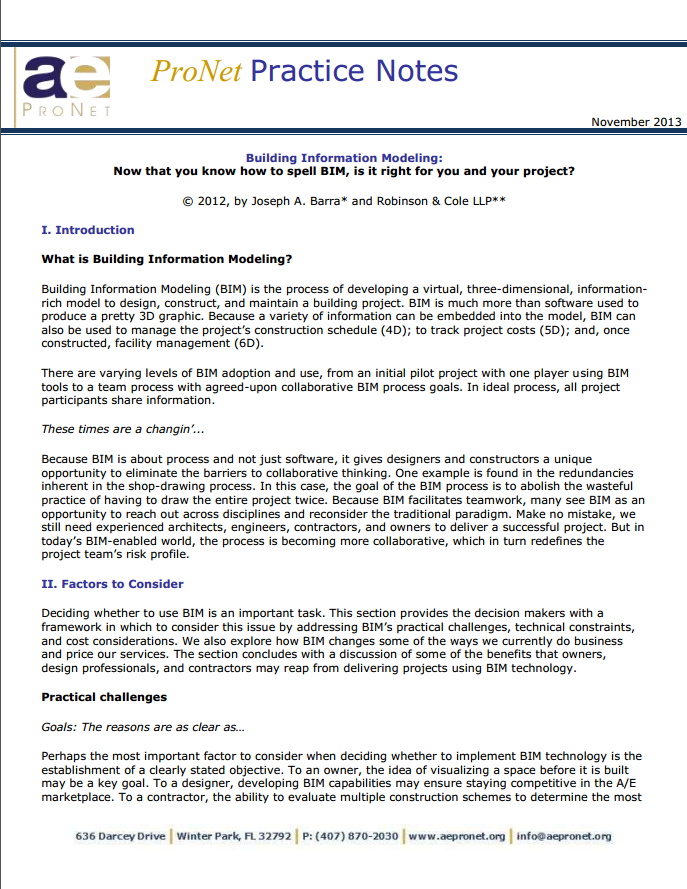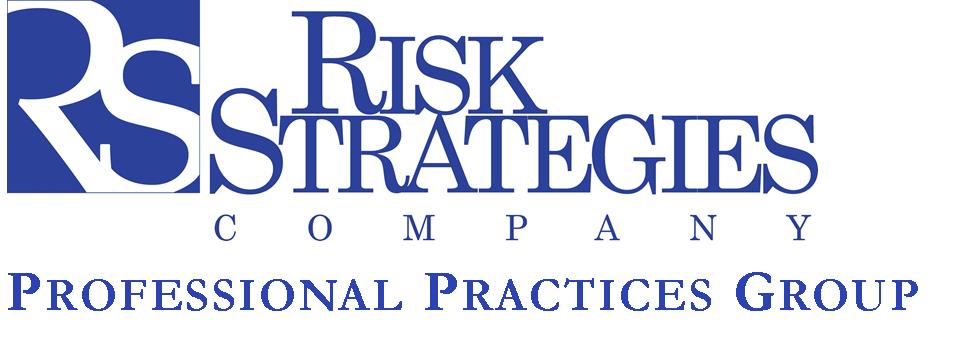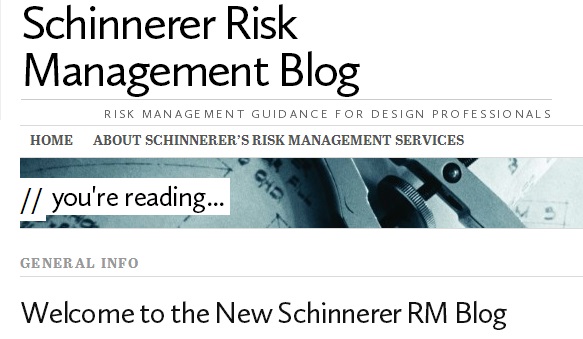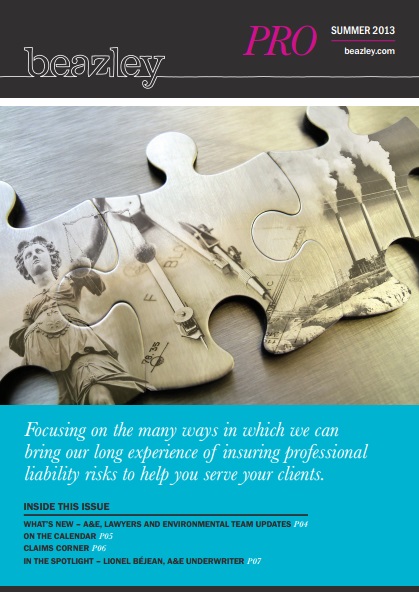 Embracing the latest technology can set a design firm apart from the crowd, but it can also set you up for a rough road if you’re not adequately prepared beforehand. Building Information Modeling (BIM) is far from “new” at this point, but some wary design professionals have abstained from it anyway, allowing time to tell whether BIM would be a positive thing for the industry, overall. Good news!
Embracing the latest technology can set a design firm apart from the crowd, but it can also set you up for a rough road if you’re not adequately prepared beforehand. Building Information Modeling (BIM) is far from “new” at this point, but some wary design professionals have abstained from it anyway, allowing time to tell whether BIM would be a positive thing for the industry, overall. Good news!
“Building Information Modeling (BIM)… [has] not necessarily opened the door to more claims, as several carriers expected. A few [insurance companies] have found BIM projects to be low-risk; some even went as far as giving discounts to design clients that utilize BIM.” — Engineering, Inc., February 2014
a/e ProNet’s latest ProNet Practice Note, authored by Joseph Barra of Robinson & Cole, can take you from here. The following is an excerpt from Building Information Modeling (BIM): Now that you know how to spell BIM, is it right for you and your firm?
Building Information Modeling (BIM) is the process of developing a virtual, three-dimensional, information rich model to design, construct, and maintain a building project. BIM is much more than software used to produce a pretty 3D graphic. Because a variety of information can be embedded into the model, BIM can also be used to manage the project’s construction schedule (4D); to track project costs (5D); and, once constructed, facility management (6D).
There are varying levels of BIM adoption and use, from an initial pilot project with one player using BIM tools to a team process with agreed-upon collaborative BIM process goals. In ideal process, all project participants share information.
These times are a changin’…
Because BIM is about process and not just software, it gives designers and constructors a unique opportunity to eliminate the barriers to collaborative thinking. One example is found in the redundancies inherent in the shop-drawing process. In this case, the goal of the BIM process is to abolish the wasteful practice of having to draw the entire project twice. Because BIM facilitates teamwork, many see BIM as an opportunity to reach out across disciplines and reconsider the traditional paradigm. Make no mistake, we still need experienced architects, engineers, contractors, and owners to deliver a successful project. But in today’s BIM-enabled world, the process is becoming more collaborative, which in turn redefines the project team’s risk profile.
To continue reading, download the full PDF version of this newsletter, which outlines Factors to Consider before deciding to use BIM (e.g., Type of Project, Timing, Teammates, Project Delivery Method). And if you have additional questions about BIM and/or professional liability insurance, be sure to contact your local a/e ProNet broker today!








